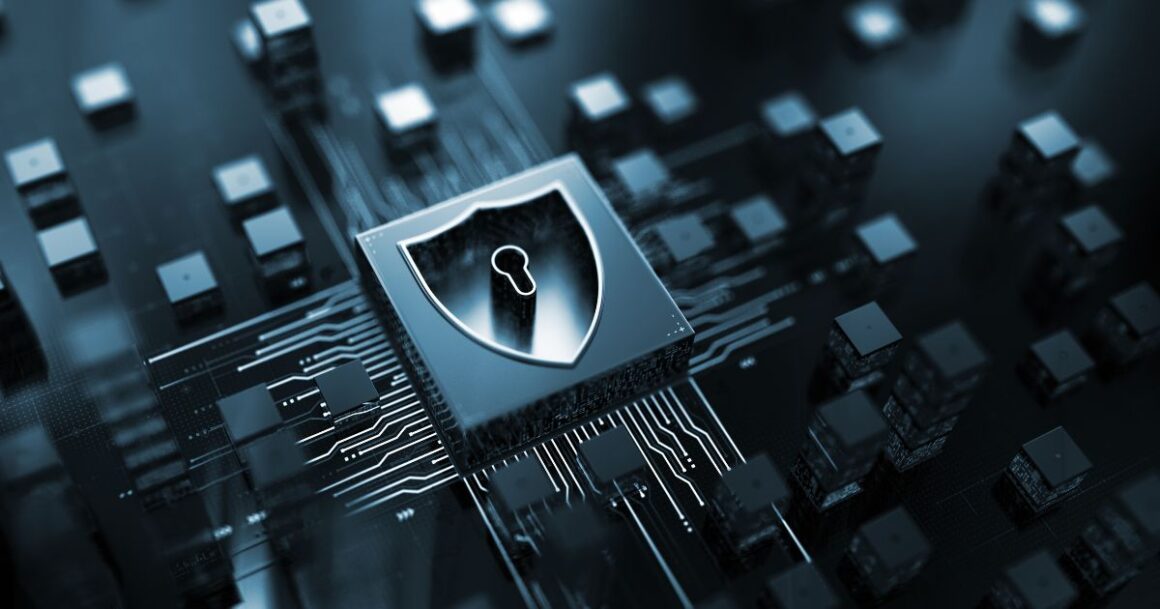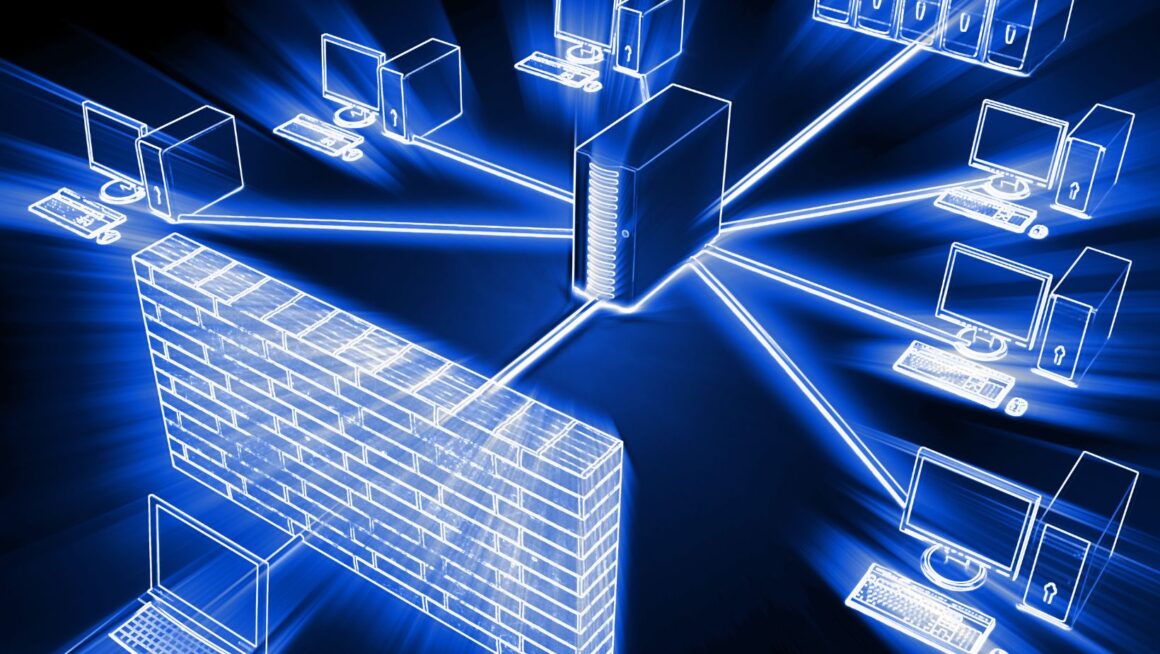In today’s fast-paced digital world, protecting critical infrastructure has never been more important. Critical infrastructure includes the systems and assets that are vital for the functioning of society, such as power plants, water supply systems, transportation networks, and healthcare facilities. With the rise of technology, these systems are more interconnected than ever, making them vulnerable to cyber threats. This article will explore how to boost critical infrastructure cybersecurity in a rapidly changing digital landscape.
Understanding the Threats
Before we can enhance cybersecurity, we need to understand the types of threats that exist. Cyber attacks can come from various sources, including:
- Hackers: Individuals or groups who break into systems to steal data or cause damage.
- Nation-State Actors: Governments that use cyber tactics to target other countries.
- Insider Threats: Employees or contractors who misuse their access to harm the organization.
- Ransomware: Malware that locks up data and demands payment to unlock it.
These threats can disrupt services, steal sensitive information, and damage the reputation of organizations. Understanding these risks is the first step in building a strong defense.
The Importance of Cybersecurity in Critical Infrastructure
Critical infrastructure is essential for daily life. When these systems fail, the effects can be devastating. For example, a cyber attack on a power grid can lead to widespread blackouts, affecting homes, businesses, and emergency services. Therefore, investing in critical infrastructure cybersecurity is not just a technical requirement; it is a necessity for public safety and national security.
Steps to Enhance Cybersecurity
- Conduct Risk Assessments
The first step in boosting cybersecurity is to conduct thorough risk assessments. This process involves identifying vulnerabilities in your systems and determining the potential impact of various cyber threats. Regular risk assessments help organizations understand their weaknesses and prioritize their cybersecurity efforts.
- Develop a Cybersecurity Strategy
Once you know your risks, it’s time to create a cybersecurity strategy. This strategy should include policies and procedures for protecting sensitive information, responding to incidents, and recovering from attacks. Involve all stakeholders in the development process, from IT staff to management, to ensure a comprehensive approach.
- Train Employees
People are often the weakest link in cybersecurity. Employees must be trained on best practices to identify and respond to potential threats. Training should include:
- Recognizing phishing emails.
- Using strong passwords.
- Reporting suspicious activity.
Regular training sessions keep cybersecurity at the forefront of employees’ minds. A strong focus on critical infrastructure cybersecurity practices during training is crucial for fostering awareness.
- Implement Strong Access Controls
Access controls limit who can access sensitive information and systems. Ensure that only authorized personnel can access critical infrastructure systems. Use multi-factor authentication (MFA) to add an extra layer of security. This means that even if someone steals a password, they cannot access the system without a second form of identification.
- Update and Patch Software Regularly
Software vulnerabilities are common entry points for cyber attackers, making it essential for organizations to prioritize cybersecurity measures. Regularly updating and patching software helps close these gaps, significantly reducing the risk of exploitation. Establishing a routine schedule for updates ensures that all software remains current. This proactive approach protects against known vulnerabilities and strengthens the organization’s overall security posture. Maintaining up-to-date systems is a fundamental part of critical infrastructure cybersecurity and cannot be overlooked. By implementing a structured update strategy, organizations can safeguard their assets and mitigate risks associated with cyber threats.
- Use Intrusion Detection Systems
Intrusion detection systems (IDS) monitor network traffic for suspicious activity. These systems can alert administrators to potential threats in real-time, allowing for quick responses to incidents. An IDS can significantly improve the organization’s ability to detect and respond to cyber attacks.
- Backup Data Regularly
Backing up data is crucial in case of a cyber attack. Regular backups ensure that, if systems are compromised, data can be restored without paying a ransom. Store backups in a separate location to protect them from being targeted in an attack. Effective data management is a cornerstone of critical infrastructure cybersecurity.
- Collaborate with Other Organizations
Cybersecurity is not just an individual responsibility; it’s a collective one. Collaborating with other organizations in your sector to share information about threats and best practices is crucial. By forming partnerships, organizations can strengthen defenses across the board, creating a more resilient cybersecurity environment.
Sharing insights can lead to enhanced critical infrastructure cybersecurity for everyone involved. This collective approach not only helps identify and mitigate threats more effectively but also fosters a culture of vigilance and preparedness.

Together, organizations can build a stronger defense against cyber threats, benefiting the entire sector.
- Monitor Systems Continuously
Cybersecurity is a continuous journey rather than a destination. Regularly monitoring systems is crucial for catching vulnerabilities and threats early on. This proactive approach allows organizations to fix issues before they escalate into major problems. Additionally, ongoing system monitoring is essential for ensuring strong critical infrastructure cybersecurity. By remaining alert and responsive, organizations can better protect their assets and improve their overall security. In today’s fast-paced digital world, prioritizing continuous monitoring is vital for building a robust defense against cyber threats.
- Create an Incident Response Plan
Despite best efforts, cyber attacks can still occur. Having an incident response plan in place ensures that everyone knows their role during a cyber incident. This plan should include steps for containment, eradication, recovery, and communication. A well-documented response plan enhances the effectiveness of critical infrastructure cybersecurity.
The Role of Technology in Cybersecurity
Technology plays a significant role in enhancing cybersecurity. Here are some tools and technologies that can help:
- Firewalls
Firewalls act as barriers between trusted networks and untrusted ones. They help to control incoming and outgoing traffic and can prevent unauthorized access to critical systems.
- Encryption
Encryption protects sensitive data by converting it into unreadable code. Even if data is stolen, it remains secure if it is properly encrypted.
- Security Information and Event Management (SIEM)
SIEM systems aggregate and analyze security data from across the organization. They provide insights into security incidents and help organizations respond more effectively.
- Artificial Intelligence and Machine Learning
AI and machine learning can analyze large amounts of data to identify patterns and detect anomalies. These technologies can help predict potential threats and automate responses.
Building a Cybersecurity Culture
A strong cybersecurity culture within an organization is vital. Leadership must prioritize cybersecurity and communicate its importance to all employees. Regular updates about threats and security measures keep everyone informed and engaged. Celebrating successes in cybersecurity can also foster a positive culture around security practices, enhancing the effectiveness of critical infrastructure cybersecurity.
The Future of Critical Infrastructure Cybersecurity
As technology evolves, so do cyber threats. The future of critical infrastructure cybersecurity will likely include more automation, advanced threat detection, and a focus on resilience. Organizations must stay informed about emerging technologies and trends to remain ahead of cybercriminals.
- Embracing Cloud Security
Many organizations are moving to cloud-based systems. While this transition offers benefits, it also requires a different approach to security.

Implementing strong cloud security practices is essential for protecting critical infrastructure in a cloud environment.
- Regulatory Compliance
Regulations regarding cybersecurity are becoming more stringent. Organizations must stay up to date with legal requirements to ensure compliance. Failing to comply can result in fines and damage to reputation.
- Cyber Insurance
As the threat landscape grows, many organizations are turning to cyber insurance to mitigate risk. Cyber insurance can help cover costs related to data breaches, system failures, and more. Understanding the terms and conditions of policies is crucial for effective risk management.
Conclusion
Boosting critical infrastructure cybersecurity in a rapidly changing digital world is essential for protecting society. By understanding threats, implementing strong security measures, and fostering a culture of cybersecurity, organizations can safeguard their systems against cyber attacks. The journey toward robust cybersecurity is ongoing, requiring constant vigilance and adaptation to new challenges. Embrace the steps outlined in this article to enhance your organization’s cybersecurity posture and ensure the resilience of critical infrastructure.
As we move forward in this digital age, collaboration and knowledge-sharing will be key to overcoming cyber challenges. Together, we can create a safer environment for everyone.



